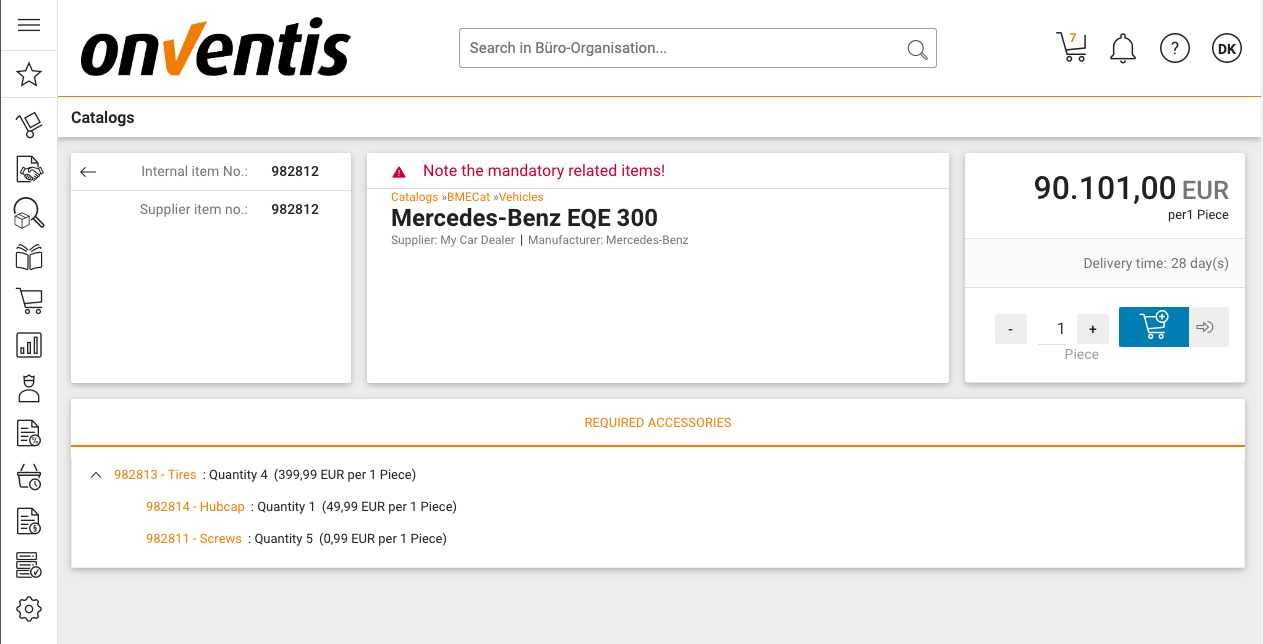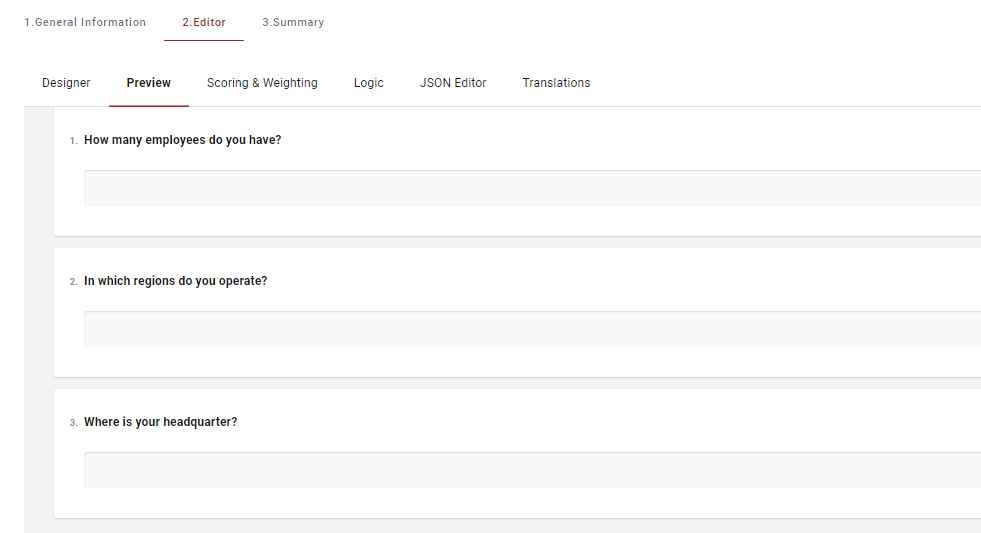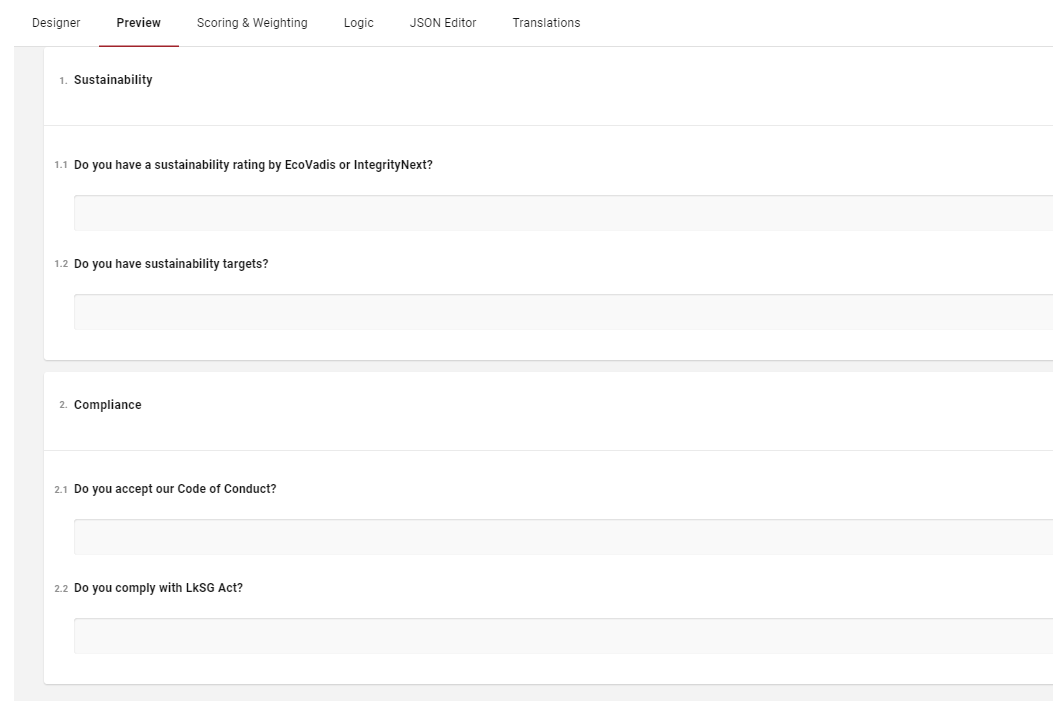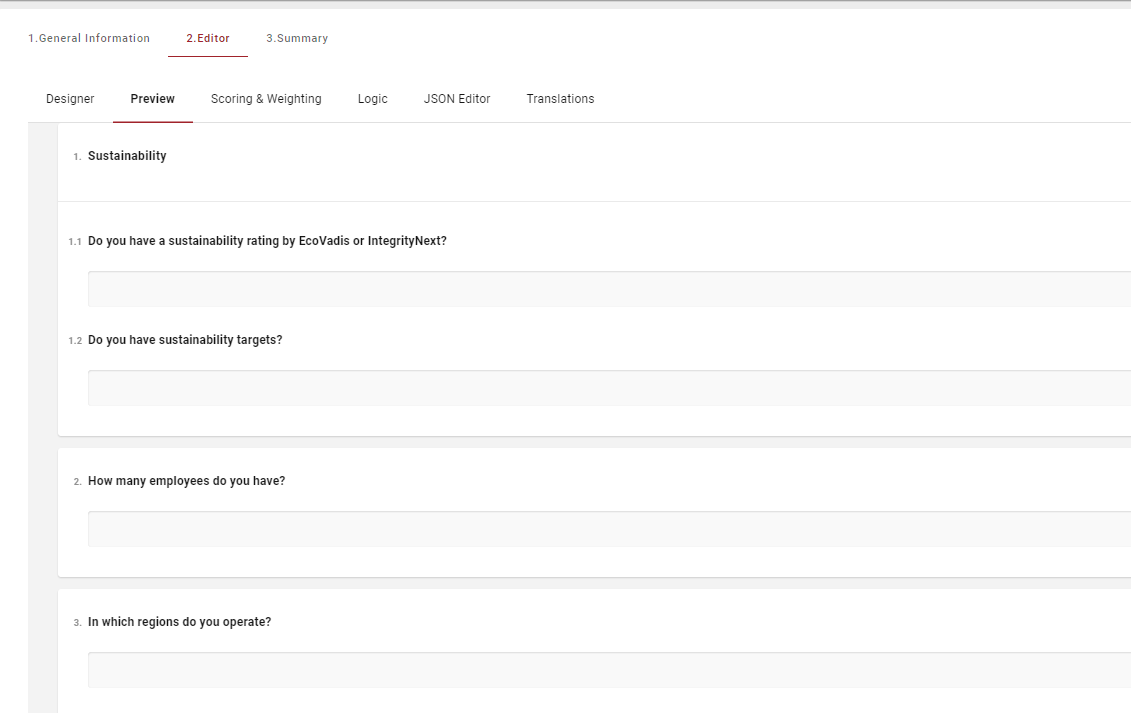Onventis 2024.8
The new Onventis 2024.8 release contains various enhancements, improvements, and bug fixes. Check out the complete list below!
Beta release date: Tuesday, October 8, 2024
Release date: Tuesday, October 22, 2024
Procure-to-pay
Article Reference type “Mandatory” in Catalogs
This update introduces a range of improvements to the way mandatory articles are handled within the system, ensuring a seamless and accurate ordering experience from catalog import to order processing. These changes ensure that articles marked as "mandatory" are correctly retained, displayed, and managed during catalog imports, shopping cart additions, and order processing.
Catalog Import and its display in Catalogs
When a catalog is imported on Onventis buyer, the system now retains and displays articles marked as "mandatory" alongside the source article. These articles are automatically shown as "Accessories" in the catalog view.
The system now supports hierarchical relationships between articles (e.g., Article A > Article B (mandatory for A) > Article C (mandatory for A)). It displays these relationships in a tree-structured view, helping users understand the connections between linked articles.
Upon adding a source article to the shopping cart, users will see auto addition of these mandatory articles in shopping cart with a message. This ensures transparency and clarity about the items being added.

Mandatory article processing in Shopping Cart and Orders
When a source article is added to the shopping cart or an order, any linked mandatory articles are automatically included as separate line items. They are clearly labeled as "Mandatory for [Source Article Name]" to indicate their association.
The quantity and price mentioned for the article/s in the import are taken into account while replicating this structure in our catalogs. In case the quantity of the mandatory article is not mentioned, default quantity 1 is considered.
Mandatory articles cannot be removed from the shopping cart or order as long as the source article remains. If the source article is deleted, the system automatically removes the associated mandatory articles and informs the user with a pop-up message: "Mandatory accessory articles are deleted from the shopping cart or order change since the source article was deleted."
The quantity of Source articles and Mandatory articles cannot be changed in the shopping cart to ensure there is no quantity mismatch within this relation.
If a user adds a mandatory article separately from the catalog, the system treats it as an independent line item instead of altering the quantity of the automatically added mandatory article. This distinction allows for more flexibility in managing orders.
In cases where there is a looped hierarchy (e.g., Article A > Article B (mandatory for A) > Article C (mandatory for B) > Article A (mandatory for C)), the system detects this and drops the circular reference during the transfer to the shopping cart. The user is notified of the same to avoid confusion.
BC Log Access for Super Admins
This update introduces availability of BC logs for super admins, streamlining troubleshooting and operational management across different areas in the system.
BC Job Log View
Now BC Job Log page will be visible to super admins of the Buyer organisation thus reducing the dependencies on Customer Success. This view provides unrestricted access, including detailed log entries ("Import Data" initially named as DataIn and "Export Data" initially known as DataOut) and advanced search capabilities.
Super admins can access this view directly from the status column in the BC Job List or via the "View Log" button in the BC Job Edit page, without needing to activate customer support mode.
Access to Operational Purchasing Logs
Super admins now have direct access to logs related to requisition line items, purchase orders, goods receipts, service notes, and complaints within the Operational Purchasing module through “View Log” button in the toolbar of these documents.
This access allows super admins to efficiently review and resolve issues in real-time, reducing the need for support intervention.
Export Functionality for Complaints Table
Now within Onventis Buyer users will be able to export Complaints in CSV, providing users with a simple way to extract and analyse complaints data.
Export to CSV: Users can now export the complaints data from the Complaints Table view as a CSV file. This export contains comprehensive information, including Complaint Number, Title, Status, Fault Description, Error Category, Order Number, Complaint Date, Supplier Details, and more.
Asynchronous Download: The export process is handled asynchronously, allowing users to continue working in the system while the data is prepared for download.
Improved Data Sharing: The exported CSV file offers an easy way to review, analyse, and share complaints data without needing to log into the system.
Investment Management Enhancements in Account Assignment and Shopping Cart
This update introduces key improvements to how investments are managed within both the account assignment module and the shopping cart, offering enhanced control and flexibility in selecting and managing investments.
Investment in Account Assignment:
Investment number now available as a criterion in account assignment determination.
Enhances the mapping and tracking of order processes with the inclusion of the investment type.
Investment type accessible in account allocation objects for accurate assignment tracking.
Manual Change Checkbox in Shopping Cart
A new manual change checkbox has been added to the shopping cart when "Assets" is defined as a result field. This allows users to manually adjust the investment dropdown, providing greater flexibility.
Supplier Management
Qualification Management
Prefill historical responses to questions inside Supplier Portal
A supplier undergoes several qualification requests and answers several questionnaires during the lifecycle. While different questionnaires are based on different topics, there are few basic questions which are common in every questionnaire. Also, the supplier might need to undergo requalification every year and answer few additional questions on top of the questions answered previously.
With this release, we prefill response to a question for the supplier inside the supplier portal if the question was answered historically for the same or other questionnaire. This functionality enhances the user experience for the supplier since the supplier does not need to answer the questions again. The supplier can review the prefilled responses and choose to change the response or keep it as is.
Enforce numbering schema for questionnaire
While designing a questionnaire if the questionnaire designer uses a panel type question to nest similar questions, the designer could choose the numbering schema for the panels and questions. The numbering schema is displayed in several places such as the questionnaire designer, preview, scoring and weighting tab, questionnaire runner for the supplier, and export reports. The question number is an important identifier for communication between supplier and buyer.
With this release, we have enforced a numbering schema which is consistent in all the places mentioned above. The numbering schema for different combination of questions and panels can be seen below:
Only Individual questions (No panels used)

Only Panels (No individual questions)

Mix of panels and individual questions

